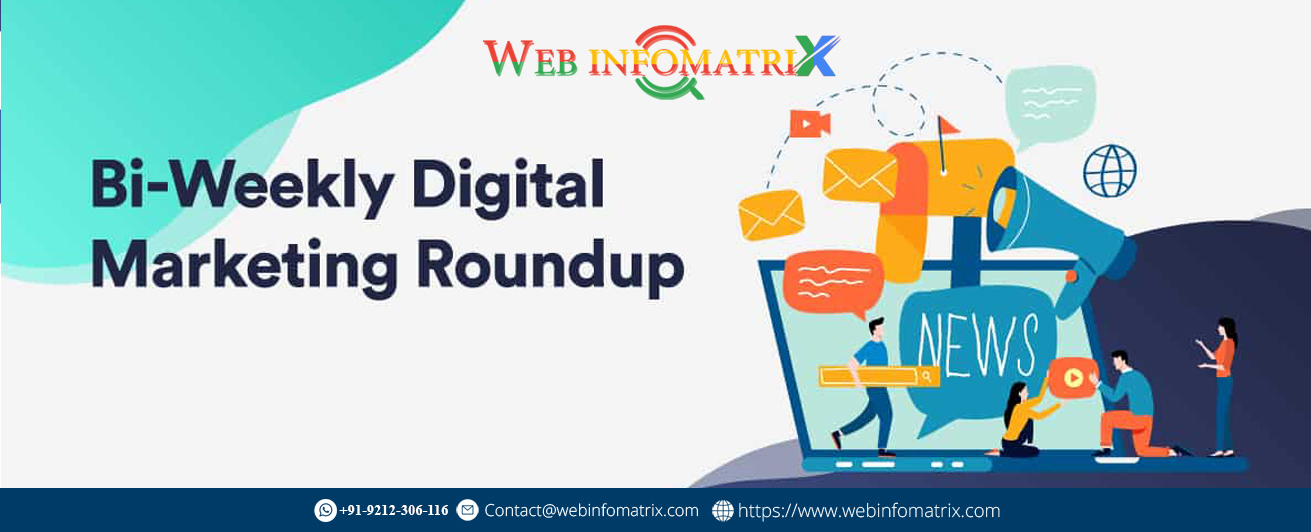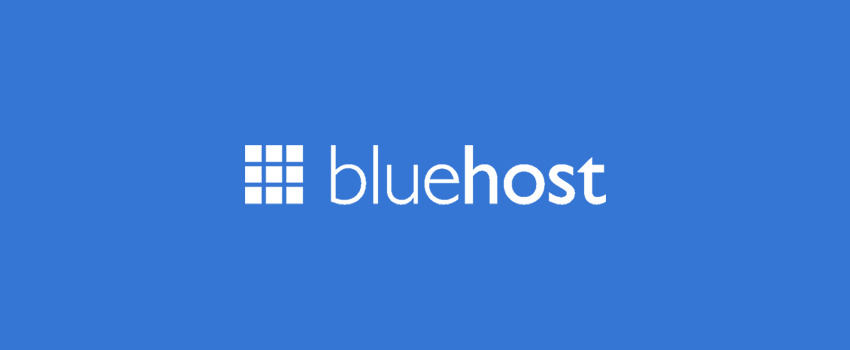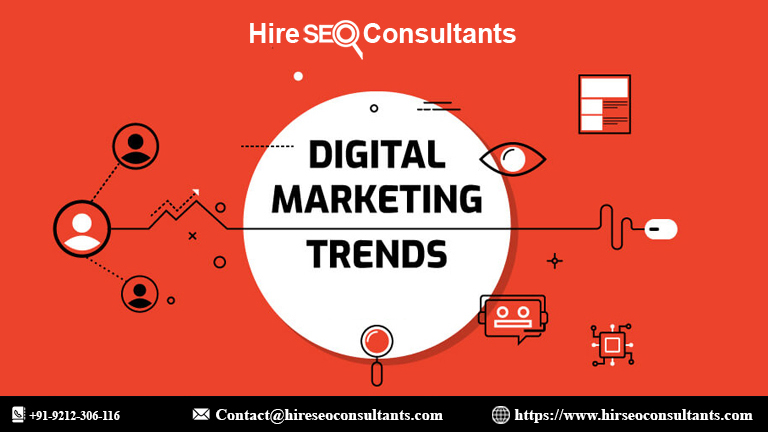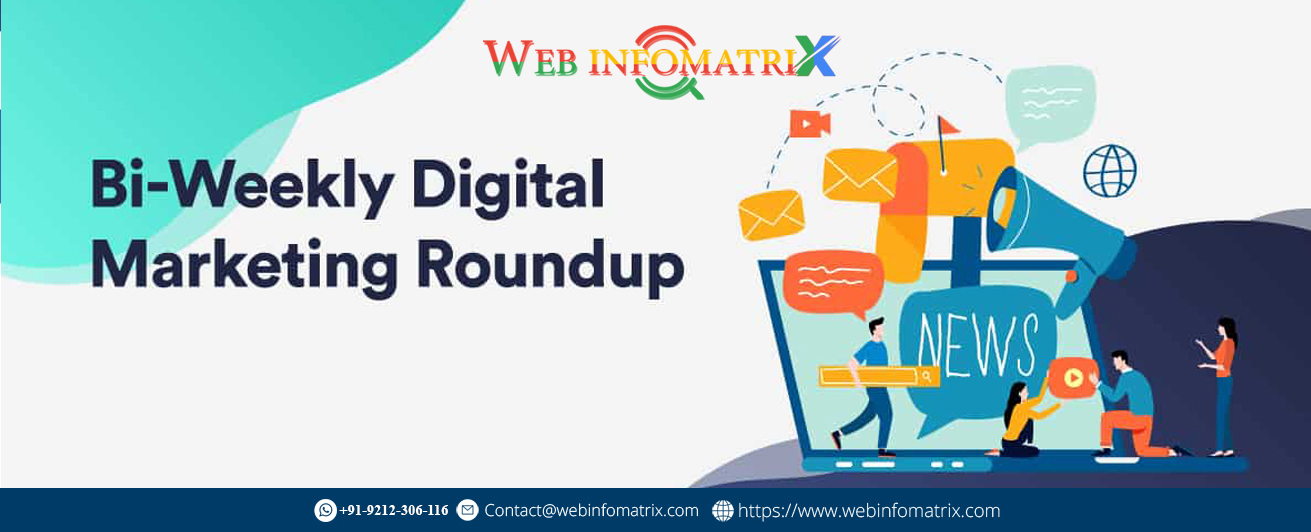Getting the Most Out of Google Shopping for WooCommerce
Maximize ROI with Google Shopping for WooCommerce. Discover tips and tricks to enhance your online store's performance.
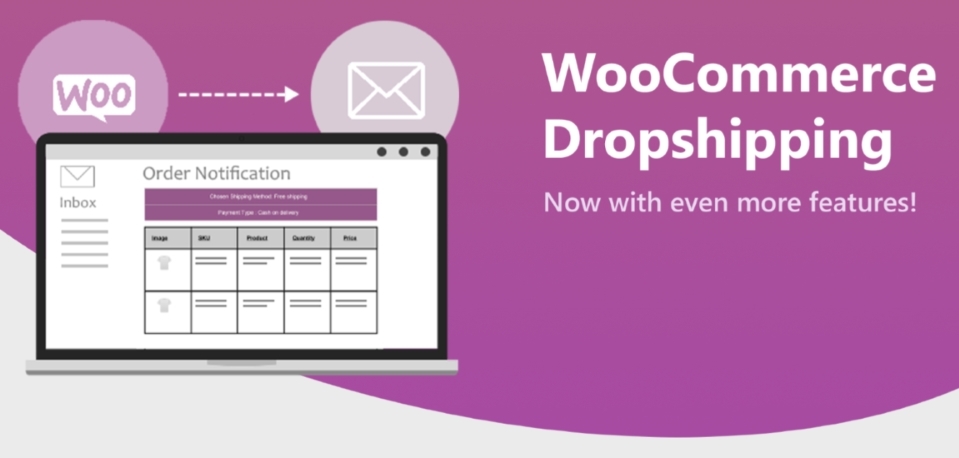
Mastering Google Shopping for WooCommerce Tips and Tricks
In the ever-evolving world of e-commerce, staying ahead of the competition is paramount. One effective way to boost your online store's visibility and drive sales is by mastering Google Shopping for WooCommerce. This powerful tool can help you showcase your products to a vast audience of potential customers. In this comprehensive guide, we'll delve into the tips and tricks that will elevate your Google Shopping game and set you on the path to e-commerce success.
Understanding Google Shopping
What is Google Shopping?
Google Shopping is a platform provided by Google that allows online retailers to display their products directly in the Google search results. These product listings appear alongside regular search results, showcasing product images, prices, and store information. It provides a visually engaging way for shoppers to discover and compare products.
Why is Google Shopping important for WooCommerce?
Google Shopping is a game-changer for woocommerce developer store owners because it offers highly targeted exposure to potential customers. When someone searches for a product on Google, they are often close to making a purchase decision. By appearing in Google Shopping results, you position your products in front of users who are actively looking to buy, increasing the likelihood of conversions.
Setting Up Your Google Merchant Center
To get started with Google Shopping for WooCommerce, you need to set up your Google Merchant Center account and link it to your online store. Here's how to do it:
Creating a Google Merchant Center account
Go to the Google Merchant Center website and sign in with your Google account.
Click on "Get started" and follow the setup wizard.
Provide accurate information about your business, including your store name and website URL.
Verify and claim your website to confirm ownership.
Linking your WooCommerce store
Install and activate the "WooCommerce Google Shopping Integration" plugin.
Configure the plugin by entering your Google Merchant Center account details.
Sync your product data to Google Merchant Center.
With your Merchant Center account set up and linked to WooCommerce, you're ready to move on to the next crucial step: optimizing your product data.
Optimizing Product Data
To succeed in Google Shopping, your product data must be top-notch. Pay attention to the following aspects:
Product titles and descriptions
Craft descriptive and concise product titles that include relevant mollie woocommerce. Use clear and engaging language to describe your products in a way that appeals to potential buyers. Avoid vague or generic titles that won't stand out in search results.
High-quality images
Images are a vital part of Google Shopping. Ensure your product images are high-resolution, well-lit, and showcase your products from multiple angles. High-quality images not only attract clicks but also build trust with potential customers.
Accurate pricing and availability
Nothing frustrates potential buyers more than clicking on a product only to find that it's out of stock or priced differently than advertised. Regularly update your product data to reflect accurate pricing and availability.
Now that your product data is in top shape, let's explore how to structure your Google Shopping campaigns for maximum effectiveness.
Structuring Your Shopping Campaigns
When setting up your Google Shopping campaigns, it's essential to consider the structure. Here are key points to keep in mind:
Single vs. multi-product ad groups
Organize your products into ad groups based on similarities, such as product category or type. Single-product ad groups allow for precise control over bids and performance tracking, while multi-product ad groups are more convenient for managing larger inventories.
Budget allocation strategies
Determine your budget allocation across different campaigns and ad groups. Focus more budget on high-margin products or those with a proven track record of conversions. Keep a close eye on your budget allocation's impact on ROI.
With your campaigns structured, it's time to make your product listings irresistible to potential buyers.
Crafting Irresistible Product Listings
Writing compelling product titles
Your product title is the first thing shoppers see. Craft titles that are both informative and attention-grabbing. Include essential details like product name, brand, and key features. Make sure your titles align with the search intent of potential customers.
Utilizing rich snippets
Enhance your product listings with rich snippets, such as star ratings, product reviews, and pricing information. Rich snippets make your listings stand out and provide valuable information at a glance.
Showcasing reviews and ratings
Positive customer reviews and ratings build trust and credibility. Encourage satisfied customers to leave reviews and prominently display them in your product listings.
Bidding Strategies for Success
Your bidding strategy can significantly impact the performance of your Google Shopping campaigns. Here's what you need to know:
Manual vs. automated bidding
Consider whether manual or automated bidding is more suitable for your goals. Manual bidding allows for precise control, while automated bidding can save time and optimize for specific outcomes, like maximizing conversions or ROAS (Return on Ad Spend).
Setting competitive bids
Monitor your competitors' pricing and adjust your bids accordingly. Stay competitive without overspending by finding the right balance between bid amount and ad position.
Monitoring and Fine-Tuning
Once your Google Shopping campaigns are live, your work isn't over. Continuously monitor and fine-tune your campaigns for optimal results:
Analyzing campaign performance
Regularly review key metrics like click-through rate (CTR), conversion rate, and return on investment (ROI). Identify underperforming products or ad groups and make data-driven adjustments.
A/B testing for optimization
Test different ad copy, images, and landing pages to identify what resonates best with your audience. Use A/B testing to refine your campaigns and improve their effectiveness.
Expanding Your Reach
To take your Google Shopping game to the next level, consider these strategies for expanding your reach:
Leveraging remarketing campaigns
Remarketing allows you to target users who have previously visited your website. Create compelling ads that entice them to return and complete their purchase.
Exploring Google Shopping promotions
Google offers various promotional features, like special offers and discounts, to make your products more appealing to shoppers. Take advantage of these options to stand out in the crowded e-commerce landscape.
Adhering to Google's Policies
Google has strict policies in place to ensure a positive user experience. Familiarize yourself with these policies to avoid account suspensions or penalties:
Understanding and complying with policies
Stay up-to-date with Google's policies on product data, pricing accuracy, and prohibited content. Regularly review your product listings to ensure they meet these guidelines.
Avoiding common pitfalls
Be cautious of common mistakes, such as mismatched product data or deceptive advertising practices. Maintaining a clean and compliant account is essential for long-term success.
Staying Informed and Adapting
The world of e-commerce and digital advertising is dynamic and ever-changing. To master Google Shopping for WooCommerce, stay informed about industry trends and Google's updates:
Keeping up with Google's updates
Google frequently rolls out changes and new features. Stay informed through official Google resources and industry publications to adapt your strategies accordingly.
Embracing changes for better results
Don't be afraid to experiment with new features and strategies as they become available. Adapting to change can give you a competitive edge in the rapidly evolving e-commerce landscape.
Mastering Google Shopping for klaviyo woocommerce is a journey that requires dedication and continuous learning. By understanding the platform, optimizing your product data, structuring your campaigns effectively, and staying informed, you can harness the full potential of Google Shopping to boost your e-commerce success.
What's Your Reaction?








